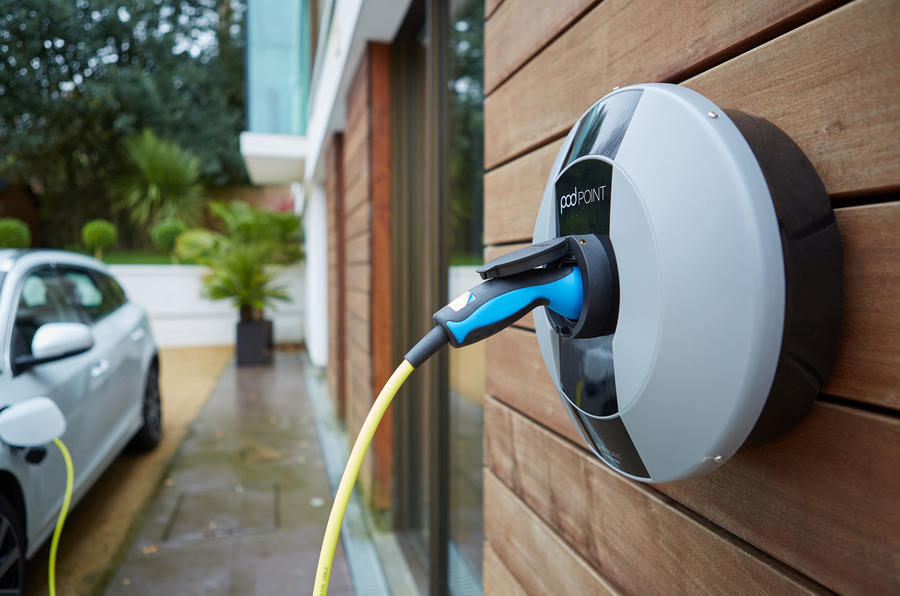In the rapidly evolving landscape of automotive technology, the shift towards sustainable transportation has become increasingly prevalent. Electric vehicles (EVs) have emerged as a promising solution to reduce carbon emissions and combat climate change. As more individuals embrace the idea of owning electric cars, the need for a reliable and efficient charging infrastructure becomes imperative. This article explores the essential steps and considerations to “Install Electric Charger for Car,” empowering you to seamlessly integrate electric charging into your daily life.
Why Install Electric Charger for Car?
The surge in popularity of electric vehicles is driven by their environmental benefits, reduced operating costs, and governmental incentives. However, one of the common concerns among potential EV owners is the accessibility and convenience of charging. Installing an electric charger at home addresses this concern, providing a dedicated and efficient charging solution.
Understanding the Basics of Electric Car Chargers
Before delving into the installation process, it’s crucial to understand the types of electric car chargers available. Level 1 chargers use a standard household outlet and are suitable for overnight charging. On the other hand, Level 2 chargers require a dedicated 240-volt circuit and offer faster charging times. When considering an installation, it’s essential to assess your driving habits and choose a charger that aligns with your needs.
Install Electric Charger for Car: A Step-by-Step Guide
- Assess Your Electrical System: Before installation, evaluate your home’s electrical capacity. Ensure that your electrical panel can support the additional load required for an electric car charger. In some cases, an electrical panel upgrade may be necessary.
- Choose the Right Charger: Select a charger that suits your car model and charging requirements. Consider factors such as charging speed, connector type, and any additional features offered by the charger.
- Determine Installation Location: Identify a suitable location for the charger installation. This may involve considerations such as proximity to your parking space, weather protection, and compliance with local regulations.
- Hire a Professional Electrician: While some electric car charger installations can be DIY projects, it’s advisable to hire a certified electrician for safety and compliance reasons. They will ensure proper wiring, installation, and adherence to local building codes.
- Obtain Necessary Permits: Check with your local authorities to determine if permits are required for the installation. Obtaining the necessary permits ensures that your installation complies with local regulations.
- Installation Process: The electrician will proceed with the installation, connecting the charger to the electrical panel and configuring it according to the manufacturer’s guidelines. This may involve running wires, mounting the charging station, and conducting safety checks.
The Benefits of Installing an Electric Car Charger
- Convenience: Home charging provides the convenience of starting each day with a fully charged vehicle, eliminating the need for frequent trips to public charging stations.
- Cost Savings: Charging at home is often more cost-effective than using public charging stations, contributing to long-term savings.
- Environmental Impact: By opting for electric vehicles and installing home chargers, individuals contribute to the reduction of greenhouse gas emissions, fostering a cleaner environment.
Read too: The Importance of Extended Warranty for Electric Cars: Driving with Confidence
Conclusion
As electric vehicles continue to gain traction, the installation of an electric car charger at home becomes a strategic decision. “Install Electric Charger for Car” not only enhances the convenience of owning an electric vehicle but also aligns with the global push towards sustainable transportation. Empower your ride by embracing this technological advancement, and enjoy the benefits of a greener and more efficient driving experience.
